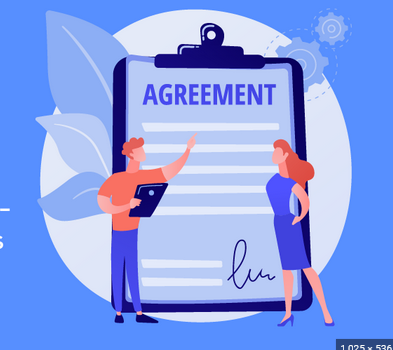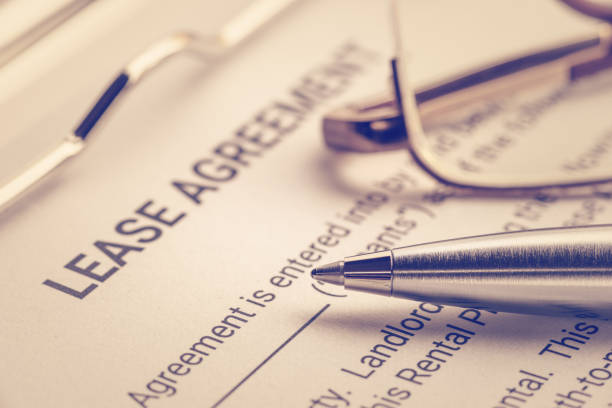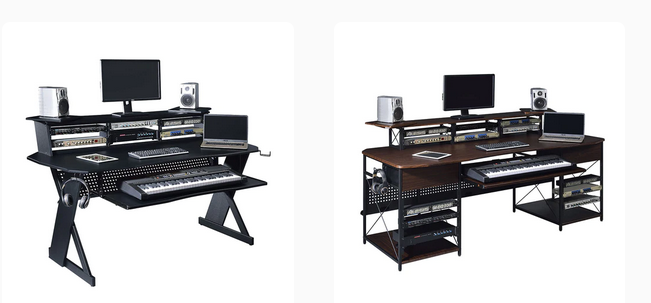
Minnesota Lease Agreement Checklist: A Step-by-Step Guide for Landlords and Tenants
A minnesota lease agreement is a crucial file that describes the stipulations of leasing a home in Minnesota. No matter if you’re a landlord or a renter, understanding the basics of the deal is essential to make sure an effortless and legally binding lease procedure. Here’s what you need to know:
1. Parties Concerned: The hire arrangement typically requires two parties: the property owner (home owner) and the tenant (renter). Each party needs to be plainly identified in the agreement, which includes their contact information and then any staff or agents active in the deal.
2. Home Description: The hire will include a comprehensive description from the leased house, such as its street address, unit variety (if appropriate), and any certain features or features included in the leasing.
3. Lease contract Word: This specifies the time of the rent, including the commence day and conclusion time. It could be a fixed-phrase lease contract, for example six months or one 12 months, or even a calendar month-to-month lease, dependant upon the agreement between your landlord and renter.
4. Hire Settlement Information: The contract should outline the entire rent payments sum expected, the due date for monthly payments, acceptable transaction approaches, as well as any fees and penalties for past due payments. This may also include information about rent payments boosts throughout the lease contract phrase.
5. Stability Downpayment: In Minnesota, property owners can acquire a security alarm down payment from renters to protect any problems beyond normal deterioration. The rent should establish the volume of the down payment, the conditions due to its return, as well as write offs which may be made.
6. Servicing and Improvements: The obligations of the two landlord and renter concerning residence routine maintenance and maintenance must be evidently defined inside the hire agreement. Including who accounts for routine servicing jobs and repairs caused by injury or neglect.
7. Rules and Regulations: The lease contract could include particular rules and regulations relating to disturbance ranges, animals, subletting, using tobacco, as well as other aspects of living in the leasing home. Both parties are expected to comply with these policies through the rent term.
8. Termination Clause: This area outlines the problems under which either get together can terminate the rent early, including infringement of contract or non-payment of rent payments. It can possibly consist of any recognize requirements for termination.
9. Authorized Disclosures: Property owners in Minnesota are required to provide certain lawful disclosures to tenants, including information regarding direct-dependent fresh paint threats (for components created prior to 1978) along with the legal rights and obligations of both parties under state regulations.
10. Signatures: Ultimately, the lease contract agreement must be approved and dated by the landlord and renter to become legally binding. It’s essential for each party to learn the contract carefully before signing as well as keep a copy for their data.
To conclude, a Minnesota residential lease agreement is an important record that guards the rights and interests of the two landlords and renters. By being familiar with its crucial components and making certain clear communication between all events involved, each landlords and tenants can also enjoy an optimistic and trouble-cost-free hire expertise.



